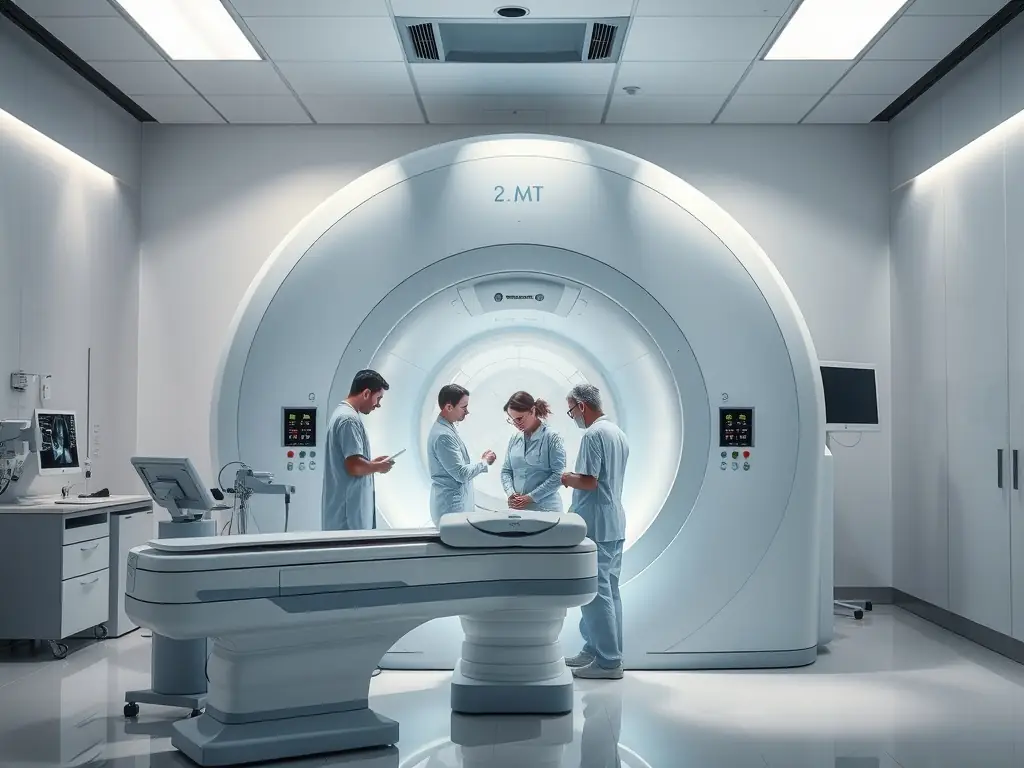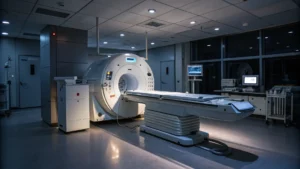Dr.Sajeev Thomas, OncoRace, Dubai, United Arab Emirates
Artificial Intelligence (AI) holds promising potential to revolutionize the field of radiation sciences, enhancing precision, efficiency, and overall patient care. However, the path to full implementation must be tread with caution, with thorough validation, stringent protocols, and robust regulatory frameworks in place to ensure safe and effective use.
The Importance of Proper Validation
AI has shown remarkable capabilities in various aspects of radiation sciences, particularly in treatment planning for oncology. By analyzing vast amounts of data and identifying patterns, AI can assist in devising treatment plans that are both precise and tailored to individual patients. Nevertheless, the deployment of AI in such critical applications must be accompanied by meticulous validation processes.
Each AI system or algorithm must undergo rigorous testing to verify its accuracy and reliability. Validation should be measurement-based, ensuring that the outcomes generated by AI are consistent with clinical standards and expectations. This step is vital to avoid errors that could have significant implications for patient health. For instance, in oncology treatment planning, AI systems have been subjected to controlled acceptance testing and clinical commissioning processes to ascertain their performance before being adopted widely.
Quality Assurance Protocols
To maintain the highest standards of safety and efficacy, quality assurance protocols must be established and strictly followed. These protocols serve as a comprehensive framework for assessing the performance of AI systems, ensuring they meet predefined criteria before being integrated into clinical practice. #Quality assurance measures should include continuous monitoring, periodic reviews, and updates to keep pace with advancements in technology and emerging clinical data.
The implementation of AI should not be seen as a one-time event but rather as an ongoing process of evaluation and improvement. By adopting a structured approach to quality assurance, healthcare providers can mitigate risks and enhance the reliability of AI systems in radiation sciences.
Regulatory Frameworks: Necessity and Inevitable
The safe application of AI in healthcare demands the establishment of comprehensive #regulatory frameworks. These frameworks are imperative to govern the development, testing, deployment, and monitoring of AI systems. They serve as a safeguard, ensuring that AI technologies adhere to ethical standards, patient safety protocols, and legal requirements.
Regulatory bodies should be empowered to set guidelines and standards that AI developers must follow. This includes defining validation processes, quality assurance protocols, and reporting mechanisms for any observed anomalies or adverse effects. A well-defined regulatory framework provides clarity and consistency, fostering trust among healthcare providers, patients, and the general public.
Ensuring the Safe Application of AI
While #AI has the potential to enhance processes in radiation sciences, its implementation must be approached with careful consideration and adherence to established guidelines. The following steps are essential to ensure the safe application of AI in healthcare:
- Thorough Validation: Rigorous testing and validation processes are crucial to verify the accuracy and reliability of AI systems. This includes measurement-based validations and clinical commissioning.
- Quality Assurance Protocols: Establishing and following stringent quality assurance protocols helps maintain the highest standards of safety and efficacy.
- Regulatory Compliance: Adhering to regulatory frameworks and guidelines ensures that AI technologies meet ethical standards and legal requirements.
- Continuous Monitoring and Improvement: Ongoing evaluation and updates are necessary to keep pace with advancements in technology and clinical data.
- Training and Education: Providing adequate training for healthcare professionals on the use and limitations of AI systems is essential for their safe and effective application.
Conclusion
The integration of AI in radiation sciences promises to revolutionize patient care by enhancing precision, efficiency, and outcomes. However, this potential can only be realized through a cautious and well-regulated approach. Proper validation, quality assurance protocols, and comprehensive regulatory frameworks are indispensable to ensure the safe and effective implementation of AI in healthcare. By addressing these critical aspects, we can harness the power of AI while safeguarding patient health and upholding the highest standards of clinical practice.
If you have any questions contact: info@oncorace.com




